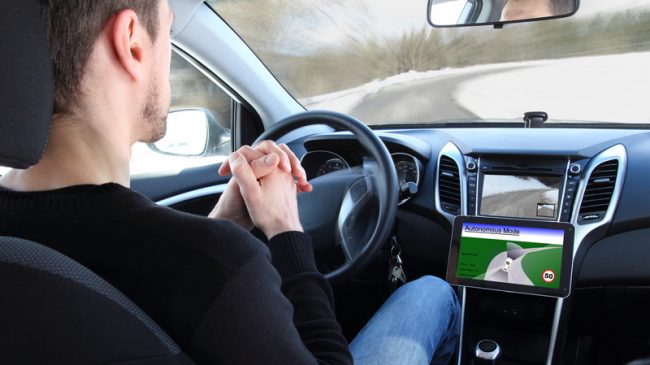Last week the National Highway Traffic Safety Administration (NHTSA) released its guidance document on Automated Vehicles (AVs). While the guidelines are far from perfect, they are about as good as they get from a government agency.
One strength of the guidelines is that they allow manufacturers to develop and test automated vehicles in a multitude of ways. There are no arbitrary restrictions on the presence of a steering wheel or an occupant in the driver’s seat. This suggests that NHTSA realizes that onerous rules impede the development of automated vehicles. Further, AVs, while not without risk, are much safer than older vehicles since automated vehicles can prevent most traffic accidents.
The document’s second strength was ditching NHTSA’s self-created levels of autonomy in favor of those of the Society of Automotive Engineers’ (SAE). SAE divides highly automated vehicles into two levels, separating AV’s that can operate in limited environments from robo-taxi’s that can operate everywhere. In contrast NHTSA has just one. Adoption of SAE levels brings the U.S. in line with every other developed country in the world. Finally, the various levels were creating confusion among researchers and developers. Communicating the different levels was akin to an Abbott and Costello skit, level 3 was level 2 and level 5 was level 4; there was a lot of unnecessary confusion.
There are several other positives. The document recommends allowing AVs to temporarily violate certain driving rules when needed. For example, if a car is broken down in the road and the vehicles behind it have to cross the double yellow line to go around it, they are allowed to do so. There was concern that NHTSA would mandate AVs to follow every law, which means the AV would not have moved until the disabled car was towed away causing a crippling back-up.
In an effort to avoid a patchwork of differing state laws, the guidance recommends several policy steps. NHTSA clarifies that the Federal Motor Vehicle Safety Standards (FMVSS) documents are the legal regulations for vehicle performance; States (such as California) may not make differing regulations. In addition, the guidance recommends states review the motor vehicle codes for conflicts between existing laws and AV technology. For example, the state of Texas defines driving under the influence (DUI) as a person sitting in the driver’s seat of a vehicle with a blood alcohol level above .08, regardless of whether the car is moving or idling. Automated vehicles can reduce drunk driving, but if only if the corresponding laws make sense.
On the other hand, there are some troubling provisions. NHTSA asks for a “voluntary” safety assessment letter that includes elements such as data recording and cybersecurity. In another part of the document, NHTSA recommends that each State requires manufacturers to undergo a voluntary safety assessment. Either NHTSA is saying that a state requiring a safety assessment is different from NHTSA requiring the assessment or NHTSA needs a new dictionary for the term “voluntary”.
NHTSA’s recommendations do not include test driver license reciprocity. Many of the largest metro areas span multiple states (New York City, Chicago, Washington DC, Philadelphia). If one State of a metro area fails to recognize another driver’s license from a differing State, this will cause confusion among the public and limit the potential of automated vehicles.
Perhaps the most worrisome provision relates to changes that NHTSA is considering in vehicle certification. Since 1966 NHTSA has required manufacturers to self-certify that their vehicles meet FMVSS. But other countries have a differing approach to safety standards. The European Union requires type authority, a form of pre-market approval, which is far more time consuming than self-certification. In its guidelines, NHTSA contemplates two types of pre-market approval: one to replace self-certification and another to augment it. NHTSA has provided zero evidence that there is anything wrong with self-certification.
Why are NHTSA’s guidelines about as good as they get from a government agency? The answer is that some AV stakeholders consider the short term only. While we believe that NHTSA hasn’t given companies sufficient room to innovate, Jackie Gillan, the president of Advocates for Highway and Auto Safety, calls the guidelines, “a first step” and states that, “The DOT must ensure that the American public is not used to ‘beta test’ these new vehicles. As an example, she cites the Volkswagen emissions scandal as an example of, “how industry easily conceals these problems.”
In reality, Volkswagen’s problems were related to emissions not safety. And the company is paying dearly for its problems. Automated vehicle manufacturers regularly report problems (see Google’s reports). And Ms. Gillan does not consider the full picture. Any new technology is going to have risks. But with AVs potential to decrease auto fatalities by 90%, the sooner we can get AVs on the road, the better off society will be.
In order to fully advance automated vehicles, we need to look at the full picture. NHTSA should be praised for adopting a light regulatory touch that will improve safety over the long run. Let’s hope these other so called “safety advocates” can come to the same conclusion.

